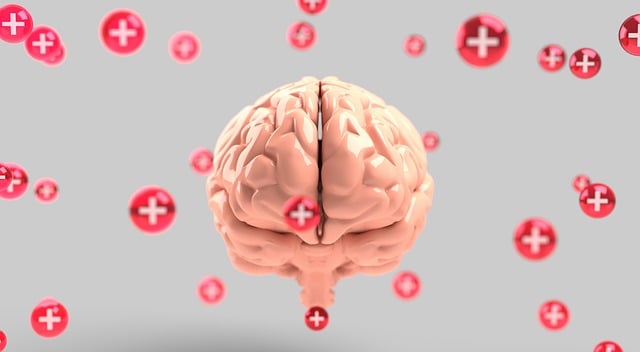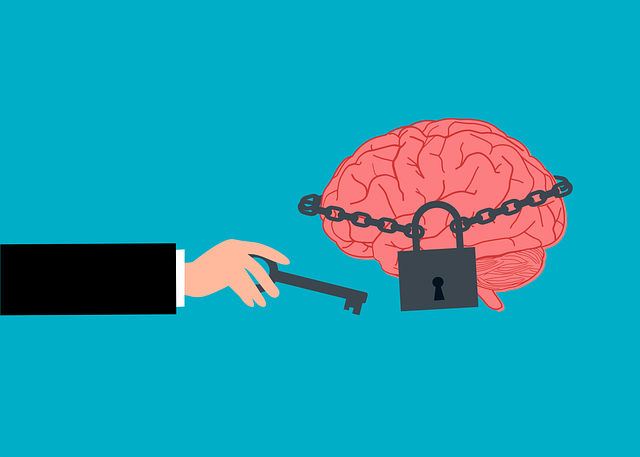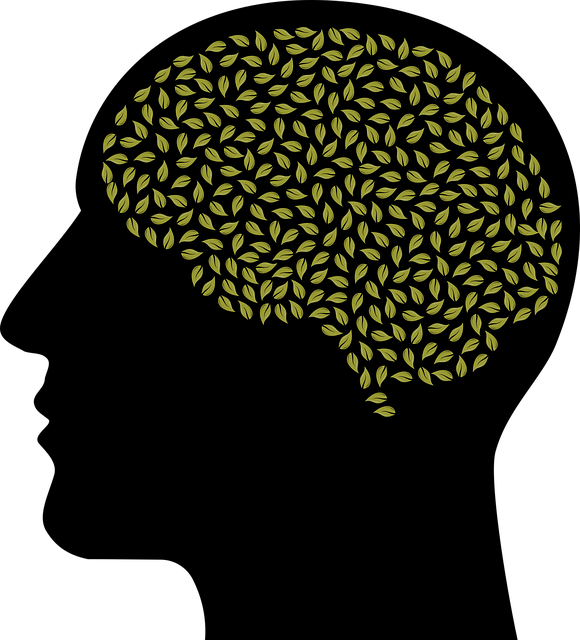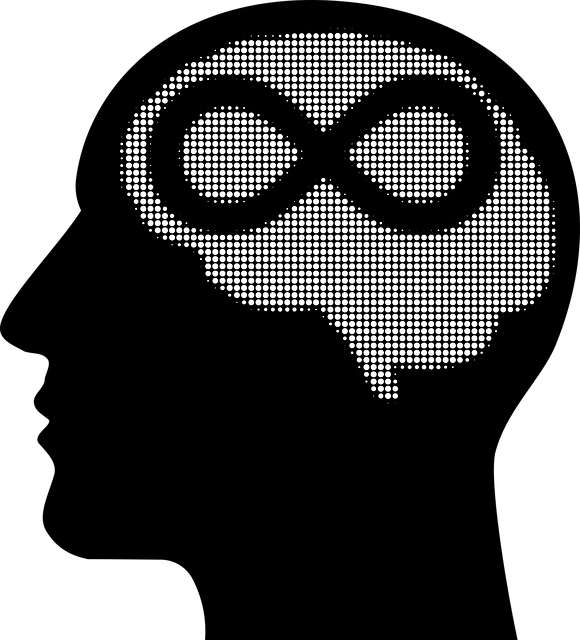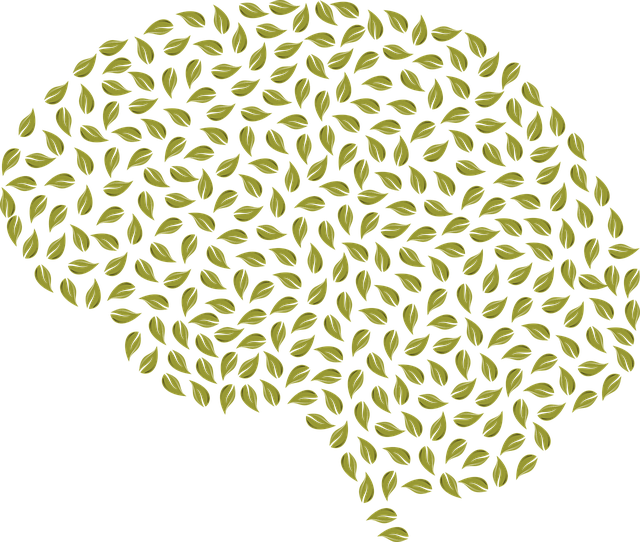Mental health apps targeting Boulder Adjustment Disorder (BAD) therapy offer accessible digital tools for mood management, self-awareness, and mindfulness meditation. Effective marketing strategies for these apps focus on identifying specific user demographics and struggles, creating tailored content like podcasts, online communities, and educational materials. Utilizing social media platforms and SEO with cultural sensitivity increases app visibility and reach. Measuring success involves tracking KPIs such as user acquisition, engagement, and retention, along with observing improvements in users' emotional well-being and adjustment.
In today’s digital age, mental wellness apps offer accessible paths to managing Boulder Adjustment Disorder (BAD). This article explores a comprehensive marketing strategy development for BAD therapy apps. We’ll delve into understanding mental health and BAD, identifying your target audience, crafting compelling content strategies, leveraging digital marketing channels, measuring success, and implementing user retention techniques. By combining these elements, you can effectively reach and support individuals seeking BAD therapy.
- Understanding Mental Health and Boulder Adjustment Disorder (BAD)
- Identifying Target Audience for Wellness Apps
- Crafting Engaging Content Strategies
- Utilizing Digital Marketing Channels Effectively
- Measuring Success and User Retention Techniques
Understanding Mental Health and Boulder Adjustment Disorder (BAD)

Mental health is a vital aspect of overall wellness, encompassing our emotional, psychological, and social well-being. Among the various mental health challenges, Boulder Adjustment Disorder (BAD) deserves special attention due to its impact on individuals facing significant life changes or traumatic events. BAD is characterized by feelings of sadness, despair, and an inability to adjust to new circumstances, often leading to prolonged periods of distress if left untreated.
The app market offers a promising avenue for providing accessible Boulder Adjustment Disorder therapy and support. By leveraging digital tools, apps can deliver Mood Management techniques, Self-Awareness Exercises, and Mindfulness Meditation practices tailored to individuals dealing with BAD. These innovative solutions enable users to take control of their mental health, fostering resilience and promoting positive coping strategies in the comfort of their own spaces.
Identifying Target Audience for Wellness Apps

Identifying your target audience is a crucial step in developing an effective marketing strategy for a mental wellness app. Understanding who your potential users are—their demographics, struggles, and aspirations—enables tailored messaging and content creation. For example, a mental wellness app focusing on Boulder Adjustment Disorder (BAD) Therapy would target individuals experiencing the challenges of adjusting to new environments or significant life changes. This specific audience may include students moving to college, military veterans transitioning to civilian life, or anyone dealing with displacement due to job transfers or personal losses.
By segmenting your market, you can offer specialized features and programs like Social Skills Training for those seeking to enhance their interpersonal connections, or Self-Care Routine Development for Better Mental Health modules tailored to BAD sufferers’ unique needs. Additionally, promoting Stress Management Workshops Organization within the app can foster a supportive community, encouraging users to share experiences and learn from one another, thereby enhancing engagement and retention rates.
Crafting Engaging Content Strategies

Crafting engaging content strategies is paramount when developing a marketing plan for mental wellness apps, especially those focusing on conditions like Boulder Adjustment Disorder Therapy (BADT). This involves creating relevant and valuable material that resonates with the target audience. Incorporate educational elements to help users understand BADT, its symptoms, and available treatment options. For instance, produce an informative Mental Wellness Podcast Series Production that delves into various aspects of disorder management, featuring expert interviews and personal stories.
Integrate Communication Strategies that foster open discussions around mental health challenges. Encourage users to share their journeys with BADT by hosting online communities or forums where they can offer support and inspire one another. Additionally, develop content that promotes Coping Skills Development, such as meditation guides, stress management techniques, and mindfulness exercises tailored for individuals dealing with BADT. By balancing informative and engaging content, the marketing strategy can effectively reach and assist those seeking help for this specific mental health disorder.
Utilizing Digital Marketing Channels Effectively

In today’s digital era, marketing mental wellness apps requires a strategic approach that leverages various online channels effectively. Social media platforms, such as Instagram and Facebook, offer opportunities to connect with potential users by sharing relatable content focused on mental health awareness and well-being. Incorporating user testimonials and success stories can humanize the brand, reducing stigma associated with seeking therapy, including Boulder Adjustment Disorder Therapy. Additionally, leveraging search engine optimization (SEO) ensures that apps gain visibility among those actively searching for mental health support. Targeting keywords like “Boulder Adjustment Disorder Therapy” helps attract a specific audience in need of specialized care.
Integrating cultural sensitivity in mental healthcare practice is another essential aspect. Marketing efforts should acknowledge and address the impact of diverse cultural beliefs and practices on mental illness, fostering inclusive environments. Mental illness stigma reduction efforts can be incorporated into content marketing strategies through educational campaigns that promote understanding and empathy. Encouraging positive thinking and self-care practices can also attract users seeking holistic approaches to mental wellness. These integrated marketing tactics not only increase app visibility but also contribute to a more supportive and accessible mental healthcare landscape.
Measuring Success and User Retention Techniques

Measuring success is a crucial aspect of any marketing strategy for mental wellness apps. It involves tracking key performance indicators (KPIs) such as user acquisition, engagement rates, and retention over time. For Boulder Adjustment Disorder Therapy apps, successful measurement could mean observing improvements in user mood, stress levels, and overall adjustment after completing specific therapy modules. By analyzing these metrics, developers can adjust their content strategies accordingly, ensuring the app remains effective and relevant.
User retention is another critical component. Techniques like personalized recommendations based on individual progress, gamification elements that encourage consistent use, and community features facilitating peer support have proven to enhance user engagement. Emotional Healing Processes, Confidence Boosting, and Mental Wellness Journaling Exercise Guidance can be integrated into the app’s design to foster a sense of progression and achievement, ultimately retaining users over the long term.
Developing a comprehensive marketing strategy for mental wellness apps involves understanding key aspects such as Boulder Adjustment Disorder (BAD) and its impact, identifying specific target audiences, crafting engaging content, and leveraging digital channels effectively. By measuring success through user retention techniques, creators can ensure their app provides valuable Boulder Adjustment Disorder therapy while meeting the unique needs of their users. This data-driven approach is essential to stand out in a competitive market and foster long-term user engagement.

